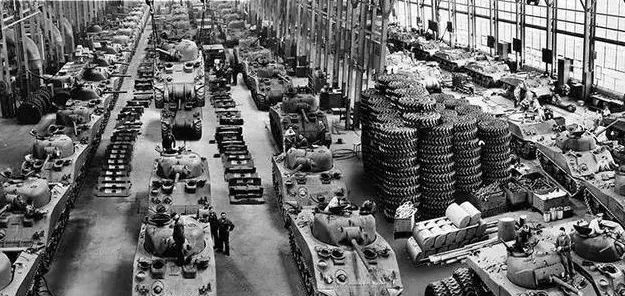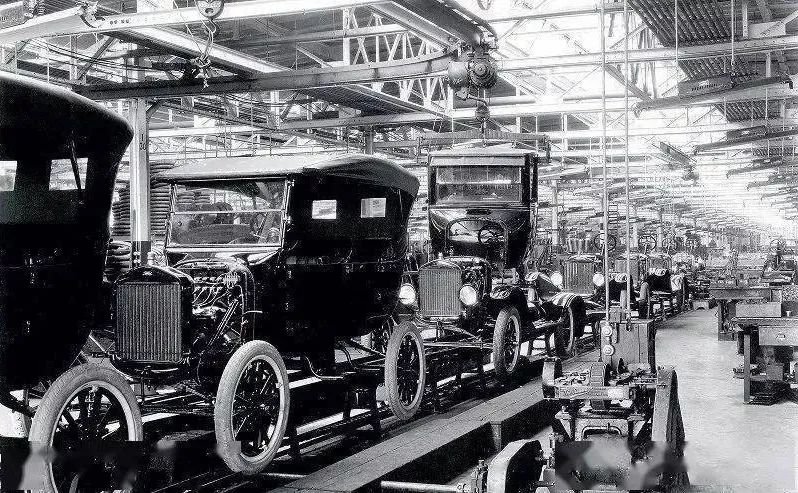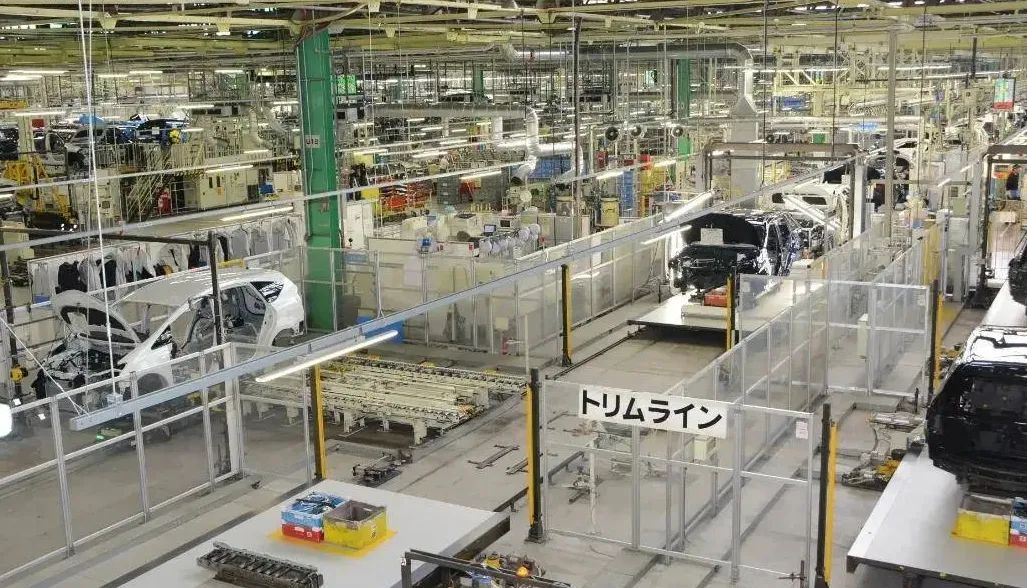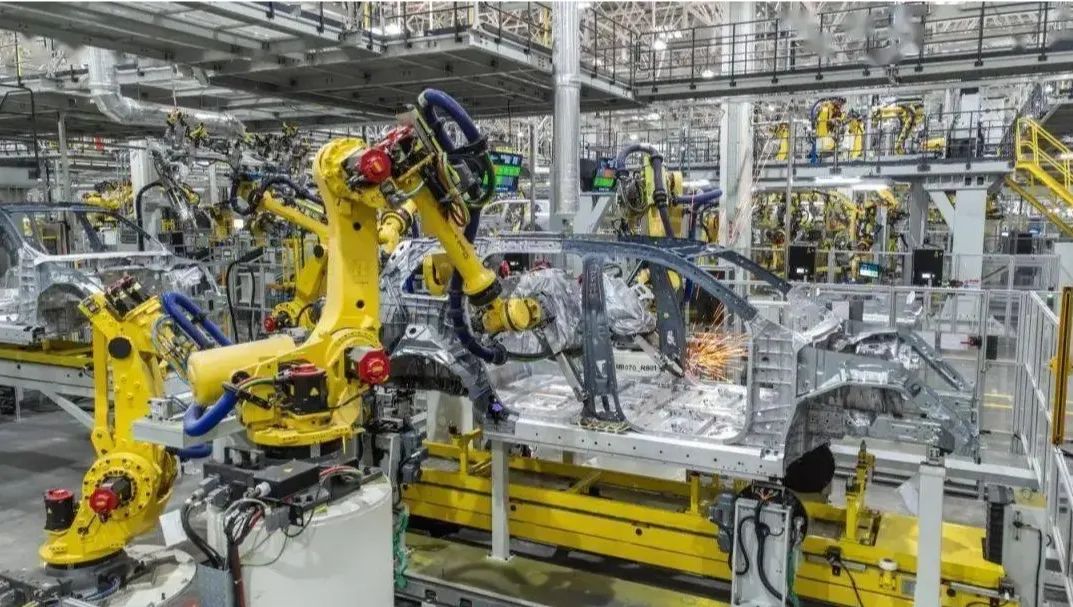“War is not just about strategy and tactics—it’s also about industrial capacity. When one side’s industrial output far surpasses the other’s, even the most brilliant military maneuvers become meaningless.” This statement rings true when examining the outcome of World War II, where the vast gap in industrial production between the Allies and the Axis powers largely determined the result. This article delves into why Germany, despite its tactical superiority, lost the war due to inferior production models and how these lessons still apply today.
1. The Power Imbalance
War is fundamentally about projecting force. Strategy only holds significant weight when both sides are relatively evenly matched. However, when one side’s industrial capacity overwhelmingly surpasses the other, no amount of clever tactics can alter the outcome.
Consider the Eastern Front, where Germany faced the Soviet Union:
- German tactical skill was undeniably superior, often achieving a kill ratio of 1:3 against Soviet forces.
- Despite this, the Soviets pushed Germany back and emerged victorious. The deciding factor? Industrial disparity.
Aircraft Production
| 国家 | Total Production (1939–1945) | Allocated to Eastern Front |
|---|---|---|
| Germany | ~110,000 | ~50,000 |
| Soviet Union | ~140,000 | ~140,000 (+20,000 Allied aid) |
Result: 160,000 Soviet planes versus 50,000 German planes—a 3:1 advantage.
Tank Production
| 国家 | Total Tanks (Including Captured) | Allocated to Eastern Front |
|---|---|---|
| Germany | ~30,000 | ~20,000 |
| Soviet Union | ~140,000 | ~140,000 |
Result: 140,000 Soviet tanks versus 20,000 German tanks—a 7:1 advantage.
Even with Germany’s superior kill ratio, the Soviets could afford to lose three tanks for every German tank destroyed and still achieve victory.
Question: Before the war, Germany boasted Europe’s strongest industry. After conquering Europe, its capacity should have grown. The USSR was less industrialized—so why did it outproduce Germany?
2. The Assembly Line Revolution
The Birth of Mass Production
In 1913, Henry Ford revolutionized manufacturing by introducing the assembly line, inspired by Chicago slaughterhouses. Instead of one worker building an entire car, each worker performed a single, specialized task. This mass production model drastically increased efficiency.
Why Europe Resisted
Europe’s industry was deeply rooted in craftsman workshops, where workers were paid per piece (“piece-rate wages”). This system worked for simple goods but failed for complex products like cars:
- Assembly lines required coordination—workers couldn’t just “work faster” individually.
- Quality control suffered—workers focused on quantity, not precision.
- Managers avoided factory floors, leaving production to “workshop foremen” who resisted change.
Result: Ford’s factories in Europe failed because workers and managers refused to adapt. Germany, France, and Italy stuck with outdated methods until the 1960s–1980s.
The Soviet Advantage
The USSR, with its weaker industrial base, adopted American assembly lines during the Great Depression. With no entrenched resistance, Soviet factories quickly mastered mass production.
Impact on WWII:
- The U.S. and USSR mass-produced tanks, planes, and weapons.
- Germany relied on “advanced handicraft” methods, leading to:
- Lower output.
- Overly complex designs (e.g., Tiger tanks were powerful but slow to build).
Conclusion: Germany lost not because of poor strategy, but because Europe’s stubbornness let the U.S. and USSR surpass them in production technology.

3. The Automobile Industry’s Role
Cars are among the most complex mass-produced consumer goods. Success in car manufacturing requires:
- High reliability.
- Low cost.
- Efficient management.
Thus, innovations in car production often revolutionize entire economies.
Japan’s Lean Production (1950s–1960s)
Toyota developed “lean manufacturing,” improving Ford’s model with:
- Just-in-time production (no excess inventory).
- Worker involvement in problem-solving.
- Continuous improvement (Kaizen).
Result: Japanese cars dominated the U.S. market by the 1980s—just as American cars had outcompeted Europe’s decades earlier.
What If Japan Had Lean Production in WWII?
Japan’s wartime industry was even less efficient than Germany’s:
- Produced only 2,000–3,000 tanks (vs. Germany’s 30,000).
- Built 66,000 planes (vs. America’s 300,000).
If Japan had lean production in the 1930s, its industrial output could have been several times higher, making the Pacific War far deadlier for the U.S.
Key Lesson: A nation’s industrial system determines its military—and economic—fate.

4. China’s Rise in Auto Manufacturing
Today, China leads the world in car production:
- 2024: 30 million vehicles produced, 500,000+ exported (both #1 globally).
- Key advantage: Smart factories (e.g., Seres Group’s fully automated plants).
Why China Wins
- Complete supply chains—lower costs, faster production.
- Government support for automation (unlike the U.S., where politics blocks robot labor).
- Industrial Internet—factories adjust production based on real-time sales data.
Future Outlook
Fully self-driving cars will turn vehicles into mobile living spaces (offices, bedrooms, entertainment hubs). Annual sales could triple (from 30M to 90M) as cars shift from “transport” to “smart devices.”

5. The Next Industrial Revolution
China’s auto industry could surpass real estate as the economy’s backbone:
- 2024 auto sales: ~$700B (vs. real estate’s peak of ~$2.5T).
- Future potential: $2.5T+ as smart cars redefine mobility.
Other Growth Areas
- Flying cars / eVTOLs (low-altitude transport).
- Humanoid robots (AI-powered assistants).
- AI-driven healthcare (extending lifespans to 150 years).
Final Thought
America’s assembly lines won WWII. Japan’s lean production fueled its rise. Now, China’s smart factories could drive the next global shift.
“A nation’s industrial power decides its destiny.”


